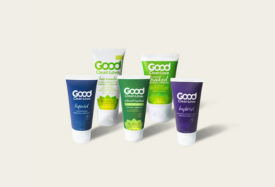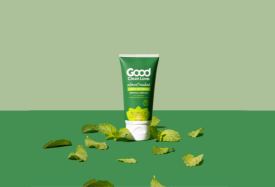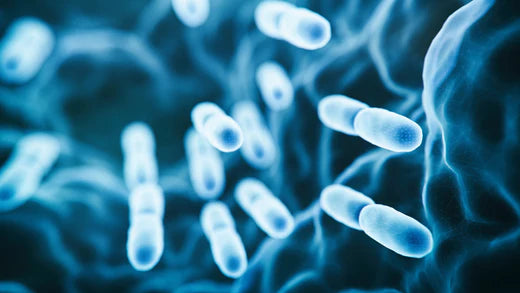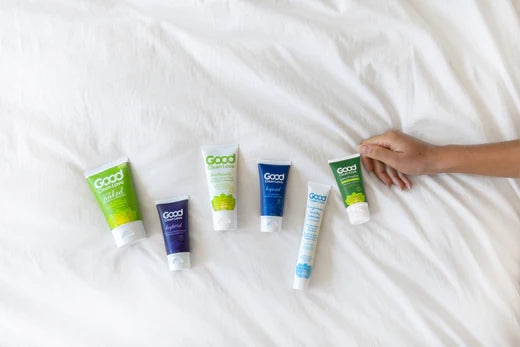
 “It is said that desire is a product of the will, but the converse is in fact true: will is a product of desire.” -Denis Diderot
“It is said that desire is a product of the will, but the converse is in fact true: will is a product of desire.” -Denis Diderot
It seems as if everyone is talking about female desire or actually, the rampant lack of it, in the press lately. It is a conversation that happens often at my Good Clean Love office and in many ways is our raison d’etre. It was my own discouraging experience of female sexual dysfunction and the intense pain that was always a companion to sex that inspired me to experiment with product formulations in my kitchen.
The other two symptoms that often accompany painful sex for many women are the elusive and unpredictable ability to orgasm and the persistent lack of desire. For the many women who suffer from these issues, it is impossible to separate the symptoms or know where it all starts.
Sexual dysfunction problems are common. According to a 2008 study of over 30,000 women they define female sexuality for some 45 percent of women aged 45-65. For younger women, between 18-44, the statistics are only slightly lower at 27 percent. Yet, with all the pain and lack of orgasm going on for many women, the problem that most frequently drives women to seek help is their lack of desire. Low libido is rarely found to be a physiological disorder; instead it lies in the mysterious space where body and mind merge.
Going for help is often no help at all. A medical model, which starts with the idea that something intrinsic is missing, is like pouring salt in a wound. Clinical diagnosis frequently tells women that they are betrayed by what should be a normal sex drive. In actuality, not all sex drives are created equal and our relationship to our sexuality is heavily influenced by our gender, age and overall health. For many men, the signals to their sex drive are visible, hanging close by in their pants. Their body speaks directly. For millions of women, sexual desire is a journey and a decision to discovering what makes us responsive. By turning the idea that desire precedes and ignites arousal on its head, and opening up to letting arousal trigger desire, we begin to unlock the mystery of where body and mind meet.
For me, desire is usually a product of my decision to go looking for it. While I do remember times when it was just there, like hunger, unbidden, mostly in the middle of my fertility cycle. More often than not, I have to trust that by opening up to the places where arousal is sparked, I will feel my way to the place in me that desires and on a good day even lusts. I often talk about this back door to desire when I explain how love oils, or even more basically our sense of scent works as a back door to awakening libido. Our olfactory bulb, where we process scent is our limbic brain where emotion, memory and sexuality all converge. Using our most primary sense of smell to our advantage in uncovering our desire is nothing new. The recorded history of human sexuality has always been deeply linked to scent.
Rethinking our access to desire is perhaps the most productive way of cultivating a sexual drive. Recognizing that desire can be ignited through the process of receptivity encourages both partners to foster emotional connection. Creating and emphasizing the places where our desire creates desire is the dance.














